
When scientists scan the skies for a second Earth, they don’t just look for a pretty blue planet. They’re hunting for a checklist of essentials—some obvious, others surprisingly specific. Do you want to know what makes a planet a possible home for us? Let’s start with 20 non-negotiables.
Optimal Distance From A Star
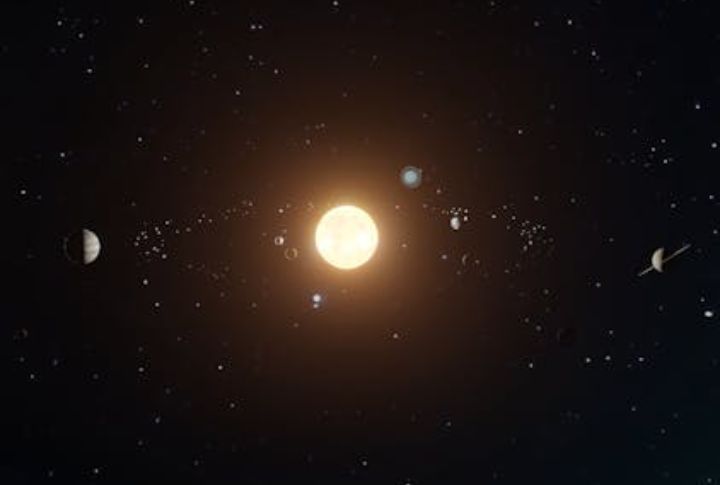
In the fairy tale, Goldilocks goes for the porridge that’s just right. Scientists ran with that idea, calling a planet’s habitable range the “Goldilocks zone.” It’s the orbital sweet spot where liquid water can exist. Drift too close, and heat kills life. Wander too far, and the cold locks everything down.
Stable Atmosphere
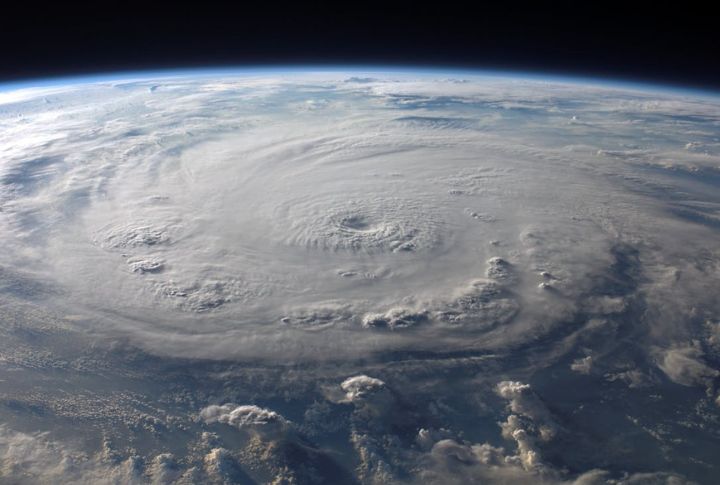
Here’s the catch: Breathing is only part of the atmosphere’s job. Earth’s thick blend of nitrogen and oxygen also acts as a climate stabilizer and radiation shield. Without it, even the right location isn’t enough. Mars sits in a similar zone, but its paper-thin air still can’t support life.
Presence Of Liquid Water

For life to take hold, liquid water must be present and consistent. It keeps vital chemical reactions going and helps control temperature. Earth meets these needs perfectly. No known alien planet does, which is why scientists focus on water first when deciding where life might exist.
Predictable Orbital Path
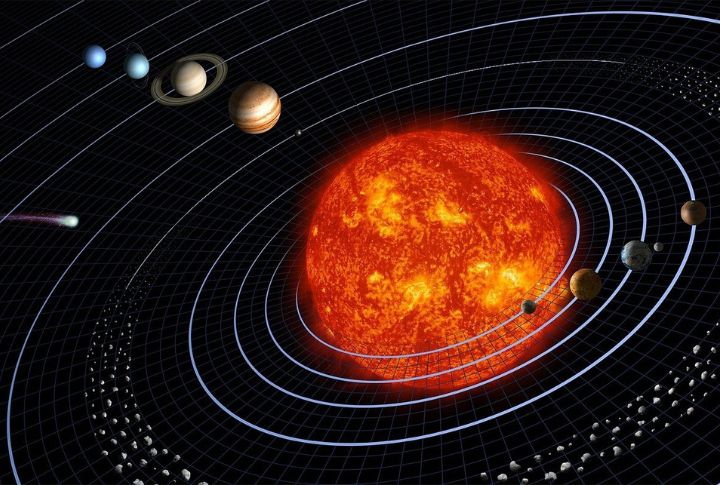
Stable orbits reduce the risk of long-term climate swings. Earth’s path around the sun is elliptical but predictable, keeping seasons consistent year after year. A planet with irregular orbital shifts could swing wildly between freeze and fire conditions that would disrupt food cycles and human settlements.
Tectonic Activity

What prevents carbon dioxide from overheating the planet? The answer lies beneath our feet. Through subduction and volcanic activity, Earth’s tectonic system regulates atmospheric carbon while renewing essential minerals. Disrupt that cycle, and a planet faces both a runaway greenhouse effect and barren soil.
Soil Fertility

Fertile soil hosts microbial life and organic matter, which are required to grow crops. Meanwhile, a rocky surface with zero nutrients means food must be imported indefinitely. That’s not sustainable. Earth’s soil diversity supports ecosystems across latitudes, a feature rarely seen in planetary candidates.
Biological Time Compatibility

Circadian rhythms are hardwired into our biology. From sleep to metabolism, humans sync to Earth’s 24-hour light-dark cycle. A planet with wildly mismatched rhythms, like 96-hour days or erratic twilight, may disrupt health and productivity. Ultimately, habitability hinges on light cycles that respect our internal clocks.
Axial Tilt Stability
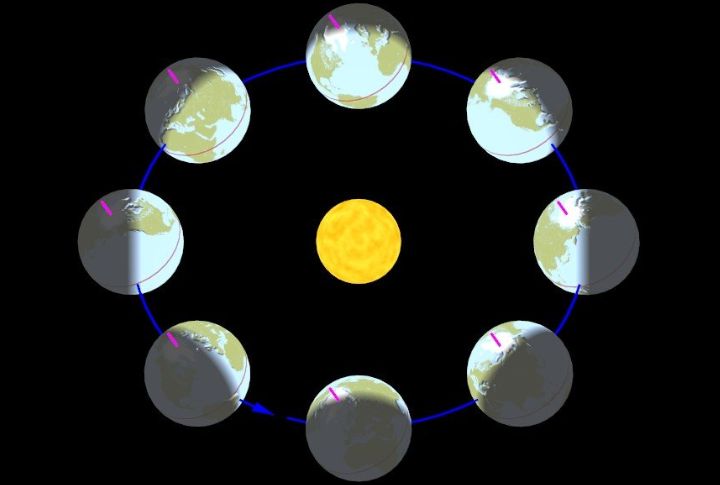
Imagine a planet where summers scorch endlessly, and winters freeze crops for decades. Such is the risk when axial tilt isn’t stable. Earth’s 23.5-degree lean gently rocks us through seasons. This steady wobble encourages biodiversity and climate regularity—chaos erupts when the angle swings too far in either direction.
Compatible Microbial Environment

Microbes move in first, long before any welcome ceremony. On Earth, these tiny organisms are allies, vital to health and stability. Elsewhere, however, alien microbes might be unpredictable or even hostile. To stay safe, colonists must establish airtight protocols from day one, fully prepared for organisms that could either help or harm their mission.
Low Surface Wind Extremes
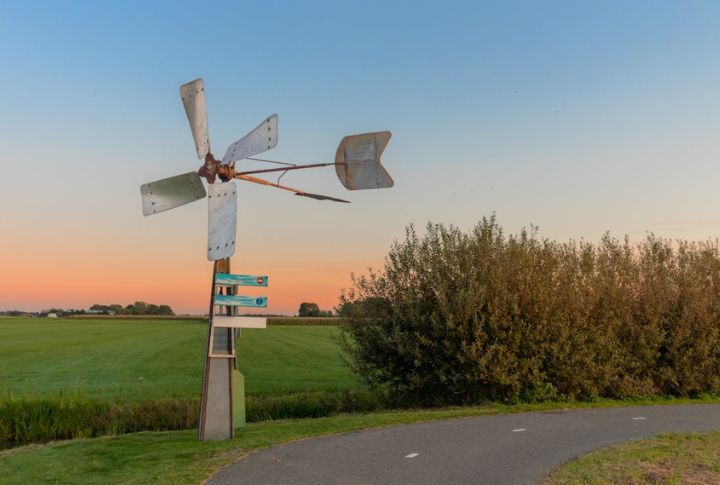
Air is helpful until it howls at 400 mph. Planets with unchecked jet streams or constant cyclones destroy structures and erase agriculture. By contrast, Earth’s wind patterns strike a balance that supports ecosystems and infrastructure alike. So, any colonization plan needs a sky that doesn’t fight back at every turn.
Controlled Greenhouse Effect

Earth’s climate functions due to a precise chemical balance. Greenhouse gases trap heat, but only to a safe degree. Take the harmony away, and Earth would either freeze or fry. That’s why planets without the right mix tend to spiral into climate extremes, making long-term settlement nearly impossible.
Energy Source Availability

Why do scientists obsess over a planet’s star type? Because energy powers life and starlight fuels ecosystems through photosynthesis. Dim stars won’t support that process, while erratic ones bombard surfaces with radiation. Therefore, energy flow must be consistent and clean enough to support itself long-term.
Rotation Period

A planet with a 1,000-hour day is asking for trouble. Its spin controls sunlight and temperature, both key to human biology. Earth’s 24-hour rhythm lets our bodies rest, food grow, and climate stay stable. Stretch that too far, and you lose any shot at circadian balance or sustainable survival.
Natural Resources Availability

You can’t build a future without the right ingredients. Earth offers silicon and metals in accessible forms, which is why development happens here. Colonizing a world that lacks those essentials means either bringing them in or inventing complex workarounds, neither of which comes easily at the start.
Chemical Composition

Hydrogen, nitrogen, oxygen, carbon—all are more than just elements in a science class. They’re the blueprint for cells and energy systems. Earth holds the right mix of these for life to self-assemble. On the other hand, planets lacking chemical foundations are biologically sterile beneath the glitter of their skies.
Low Radiation Levels

It’s not just space that can poison you—some planets radiate danger from within. A truly habitable planet must keep its internal radiation under control. Otherwise, excessive uranium, thorium, or radon in the crust can lead to hazardous ground-level radiation. Earth’s background levels stay within a livable range.
Gravity Similar To Earth’s
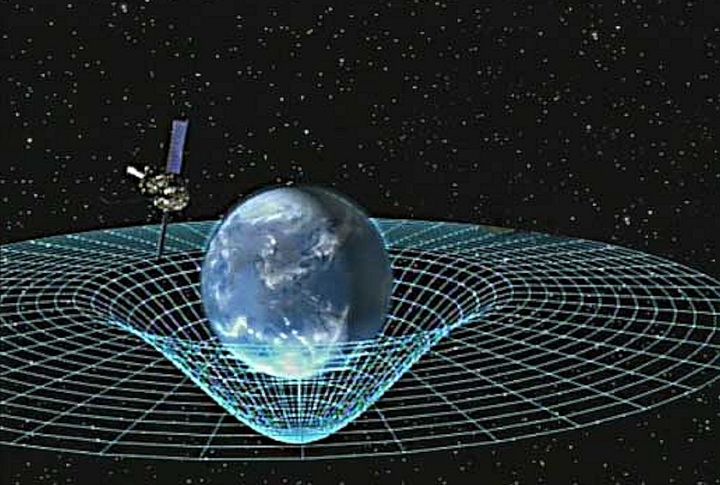
A planet’s gravity must align closely to ensure long-term health and mobility for settlers. Humans evolved under Earth’s gravity—roughly 9.8 meters per second squared. If it deviates too far from this, our bones will lose density, and muscles will weaken. Mars provides only 38% of Earth’s pull.
Presence Of A Large Moon
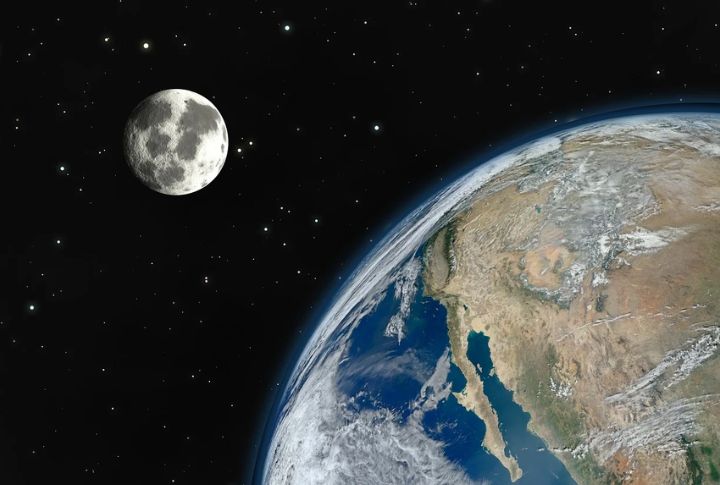
Most people don’t connect the moon to their morning forecast, but they should. Its gravity steadies Earth’s spin and locks in the angle of sunlight that drives seasons. That consistency makes life possible. Without it, the weather might spiral in directions no one could predict.
Geological Diversity
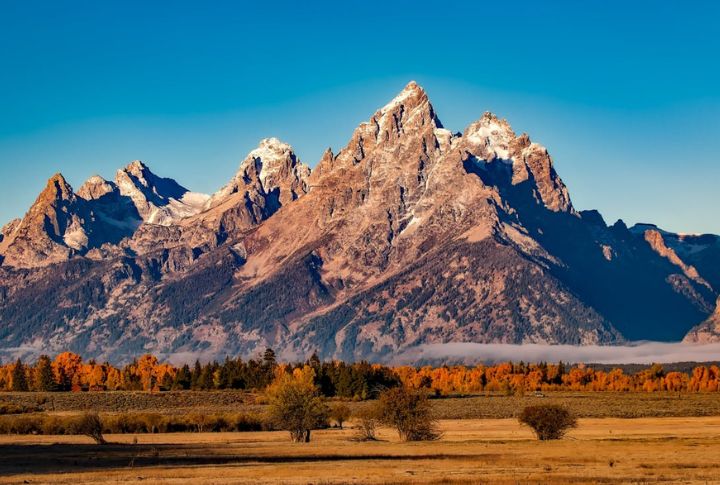
There’s a reason Earth isn’t flat. Mountains and valleys shape how air moves, where rain falls, and which areas stay fertile. Once the topographical variety disappears, ecosystems rarely stabilize, and farming becomes a game of trial and error. Turns out, a planet needs contours to find its groove.
Appropriate Planetary Mass
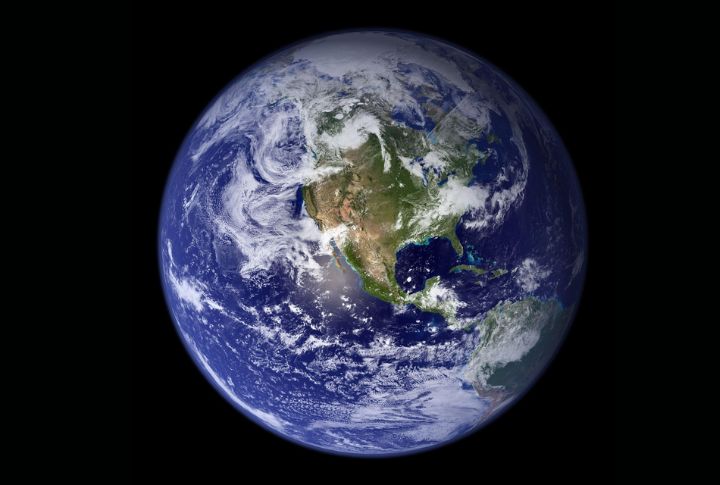
Some planets just can’t seem to find the balance. Shrink the mass too much, and the atmosphere drifts into the void. Increase it too far, and surface pressure becomes a major hurdle. Earth falls within the ideal range—just enough to hold air and support stable, life-friendly conditions.

